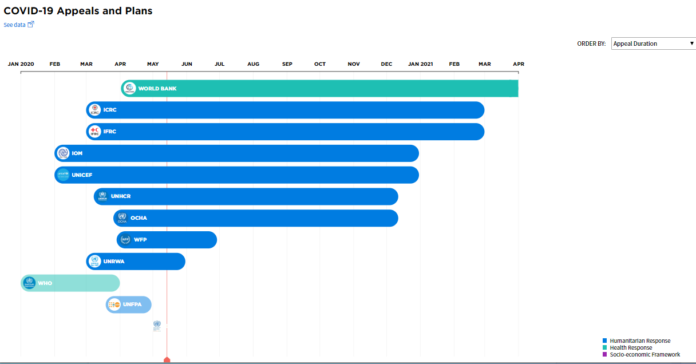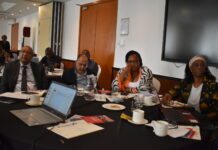By Winnie Kamau
COVID-19 pandemic is challenging many countries around the world. For Kenya and our neighboring countries, the outcomes are even more uncertain.
To gain an accurate understanding of the situation, journalists, aid workers, and policymakers can find relevant data on the Humanitarian Data Exchange (HDX) platform, an open-source data-sharing site run by the United Nations Office for the Coordination of Humanitarian Affairs (OCHA).
The platform, which got its start during the West Africa Ebola crisis of 2014, compiles data from hundreds of partners.
“Access to open, interoperable and timely data is essential for assessing and predicting the impact of COVID-19 pandemic on humanitarian operations,” said Sarah Telford, Lead for OCHA’s Centre for Humanitarian Data which manages HDX.
“Partners have shared dozens of datasets which we have made available through a dedicated COVID-19 pandemic page on HDX,” said Javier Teran, Data Partnerships Team Lead for the platform.
Data contributors include the World Health Organization (WHO)’s COVID-19 case data; the Index for Risk Management (INFORM) COVID-19 risk index, which ranking countries vulnerable to health and humanitarian impacts and UNESCO’s data on out of school children and Dalberg’s data of government actions related to COVID-19 in developing countries.
Users can explore an interactive visual to track COVID-19 cases and deaths in locations where the United Nations is already conducting humanitarian response operations. The visual shows cases by country and the trend over time, based on figures from WHO.
Another dashboard shows several COVID-19 fundraising appeals and response plans covering humanitarian response, health response, and socio-economic frameworks.
While HDX is comprehensive in its data coverage, data gaps persist for critical sectors and crises. For the COVID-19 response, this includes data on the location of health and education facilities, food insecurity and malnutrition rates, and transportation routes and mobility patterns. Organizations are encouraged to provide this missing data.














